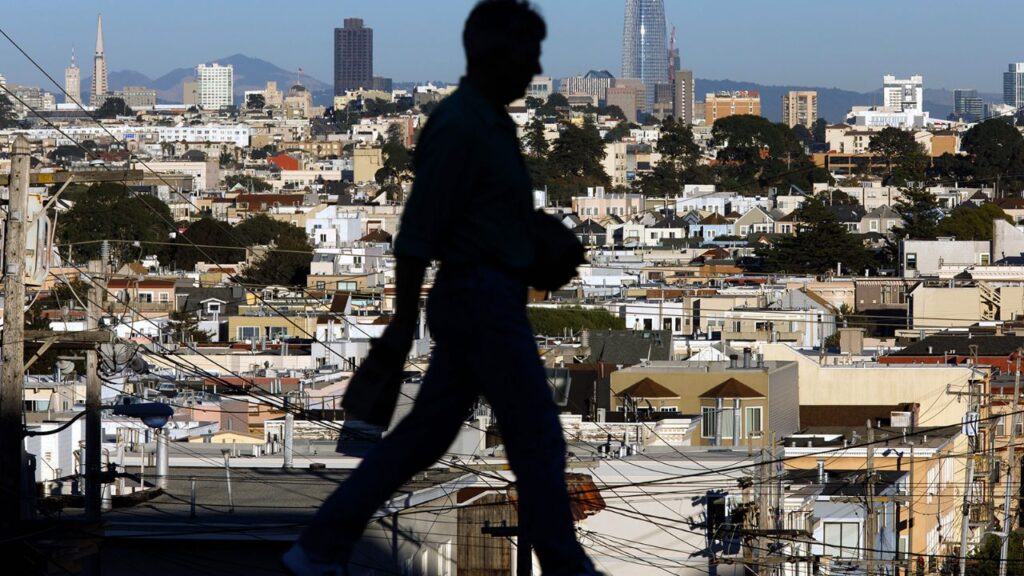When envisioning Los Angeles in 2060, one might picture flying cars, AI celebrities wandering the streets, and possibly a few more transit lines.
However, according to updated population projections from the state Department of Finance, a different future is in store — the population of L.A. County is expected to decrease significantly. By 2060, over 1.7 million people are predicted to leave the county, representing a decline of more than 17% from the current population of approximately 10 million.
Jonathan Drazan, a 28-year-old affordable-housing developer living in Long Beach, considers the potential outcomes of such a decline. He thinks there would be fewer cars on the road, leading to less traffic congestion, particularly at the busy 405-10 intersection. Additionally, a decrease in population might ease the competition for housing, which could benefit those seeking more affordable living options.
The projections for the entire state of California indicate relatively flat population growth during the same period, attributed to low birthrates and net migration out of major cities like Los Angeles County. Declining birthrates, primarily tied to age-related factors, are a contributing factor to the expected decline. Moreover, remote work opportunities and high housing costs are encouraging people to leave big cities.
Interestingly, legal immigration restrictions may also play a role in dampening the state’s population growth, as California has historically been a popular destination for lawful permanent residents.
The projections reveal that while most of the state is expected to experience stagnation or population decline, the Central Valley, including cities like Stockton and Merced, is projected to see growth. This growth is partly due to a comparatively young population that is more likely to have children and less likely to die, which slows the aging process of the region.
However, the Central Valley’s growth comes with its own challenges, such as trade-offs between new housing construction and the preservation of farmland. Furthermore, experts warn that the region’s warm climate, exacerbated by climate change, may become less hospitable for human life in the coming decades.
Despite the population decline predicted for Southern California, some experts, like Kome Ajise, the executive director of the Southern California Assn. of Governments, believe that the situation may not be as dire as projected. SCAG forecasts modest growth for the region, suggesting that current housing costs and competition from other cities do not entirely deter future growth.
In the end, opinions on a population decline’s consequences differ. While some see potential benefits, such as reduced strain on infrastructure and less housing competition, others remain optimistic about the region’s continued growth and its status as an immigrant gateway.

